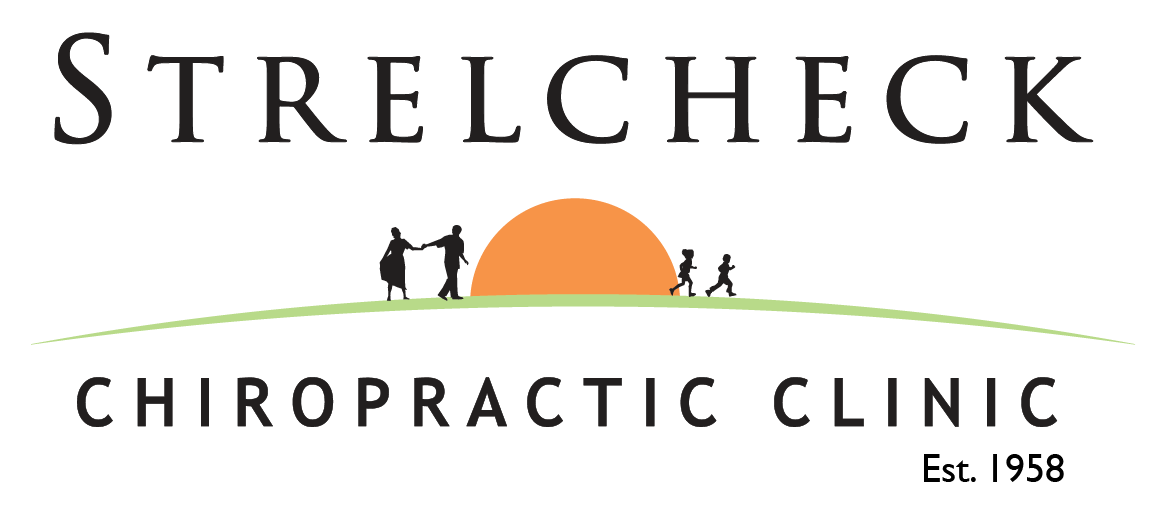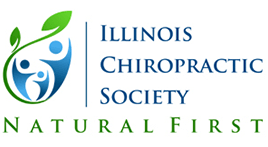Rest Easier: Wake Up To Comfort
Nothing kills your ability to get things done faster than a poor night’s sleep. There’s little doubt that sleep deprivation costs Americans lost productivity at work and increases stress levels. Yawning employees aren’t good decision makers, can’t focus on tasks or even manage a friendly mood at the office. How we sleep directly correlates to how we feel the next day. Have you ever gone to bed feeling fine, but wake up wincing in pain? Each week I treat patients who suffer from a sleep-related strain or misalignment of the spine or its structures. With a few gentle chiropractic adjustments and changes to their sleep posture habits, they’re back on track in no time. To help increase your chances of waking up comfortably, follow these sleep-posture guidelines: Sleep Positions: Sleeping on your back produces the least amount of pressure, followed by sleeping on your side. Stomach sleeping is the most stressful sleeping position, and I urge my patients to change this habit immediately. Since sleep habits begin early in life, it takes some time to change from a stomach sleeper to a side or back sleeper but it will pay dividends in the long run to do so. Back sleepers should use pillows under your neck and knees. Side sleepers should lie with the top leg even with, or slightly behind, your bottom leg. Both legs should be bent with a pillow between the knees to maintain spine alignment, and your head should rest on a single pillow. Tossing and turning are not necessarily bad. Some nighttime movement during sleep is necessary and natural. Without it, you’ll wake up feeling stiff. It also facilitates proper functioning of the lymphatic systems. Bedding and Pillow Tips • Select a mattress firm enough to provide good back support and alignment. Stomach sleepers require firmer mattresses than back or side sleepers. • Most mattresses have a life span of eight to 10 years and should be replaced before they create or aggravate back pain or disturb sleep. A sagging or worn mattress won’t support your weight evenly and forces your other body structures to carry the load all night. The excessive tossing and turning to get comfortable will cause you to lose precious, restorative sleep, and the lack of even weight distribution will strain your hips and pelvis. • Select a pillow that supports your head and fills in your neck curve. Cervical pillows have become increasingly popular and come in a variety of firmness levels and thicknesses. • The firmness of the mattress will affect the thickness of the pillow. Soft mattresses cause you to sink into the mattress when sleeping. • Use a flat pillow to keep your head in a neutral alignment when sleeping on your stomach. Lastly, if you are experiencing back pain, getting out of bed can be tricky. Try this method for getting out of bed comfortably and safely: 1) Lie on your back and bend your knees up, with your feet flat on the bed. 2) Roll onto your side toward the edge of the bed by letting the knees fall to that side. Reaching across with the top arm, turn your head and look in the direction you are rolling. 3) Lower your feet from the bed as you push with your arms into a sitting position. Dr. Daniel V. Strelcheck Jr. is the chief of staff at Strelcheck Chiropractic Clinic, Crystal Lake IL. Feel Great Again! Go to www.strelcheckchiro.com.






